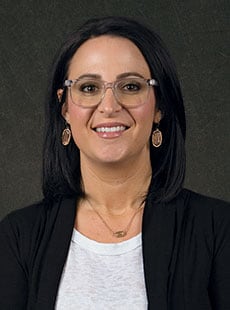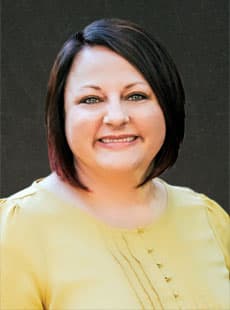 Course Introduction
Course Introduction
Core Standards of the Course
Speaking and Listening (P4.SL)
Students will learn to collaborate, express and listen to ideas, integrate and evaluate information from various sources, use media and visual displays as well as language and grammar strategically to help achieve communicative purposes, and adapt to context and task.
Standard P4.SL.1:
Participate in conversations with peers and adults, using age-appropriate vocabulary on topics and texts.

-
Follow agreed-upon rules for discussions such as listening to others, staying on topic, and taking turns speaking.
-
Follow two-step directions.
-
Express own ideas.
Standard P4.SL.2:
Speak clearly and audibly in sentences of varying lengths to communicate wants, needs, experiences, thoughts, and emotions.

Standard P4.SL.3:
Use age-appropriate language, grammar, volume, and pronunciation when speaking or presenting.

Reading (P4.R)
Students will learn to proficiently read and comprehend grade level literature and informational text, including seminal U.S. documents of historical and literary significance, at the high end of the grade level text complexity band, with scaffolding as needed. *Standard R.4 includes an asterisk to refer educators back to the Text Complexity Grade Bands and Associated Lexile Ranges in the introduction of the standards.
Standard P4.R.1:
Demonstrate mastery of age-appropriate concepts of print.

-
Correctly hold a book and demonstrate that print is read from top to bottom, left to right, and from front to back.
-
b. Begin to identify frequently seen letters and words, recognizing that words are made up of letters.
Standard P4.R.2:
Demonstrate mastery of age-appropriate phonological awareness skills.

-
Recognize rhyming words and alliteration.
-
With prompting and support, segment words into syllables.
-
Identify initial sounds in spoken language.
-
Identify the base parts that make up a compound word.
-
With prompting and support, blend and segment initial sounds of single-syllable spoken words.
-
With prompting and support, blend and segment single-syllable words into individual phonemes.
Standard P4.R.3:
Demonstrate mastery of age-appropriate phonics skills.

-
Identify 13 or more of the consonant names and sounds using one-to-one letter-sound correspondence (alphabetic principle).
-
Identify three or more vowel names and short vowel sounds using one-to-one letter-sound correspondence (alphabetic principle).
Standard P4.R.4:
Begins in kindergarten.
Standard P4.R.5:
With prompting and support, ask and answer questions and make connections about a text. (RL & RI)

Standard P4.R.6-7:
With prompting and support, retell simple texts, including event sequence and characters. (RL & RI)

Standard P4.R.8:
With prompting and support, begin to ask and answer questions about unknown words in a text. (RL & RI)

Standard P4.R.9:
Begins in kindergarten.
Standard P4.R.10:
Begins in grade 1.
Standard P4.R.11:
Begins in grade 4.
Standard P4.R.12:
Begins in grade 2.
Standard P4.R.13:
Begins in grade 2.
Standard P4.R.14:
Begins in grade 2.
Writing (P4.W)
Students will learn to write for a variety of tasks, purposes, and audiences using appropriate grammar/conventions, syntax, and style.
Standard P4.W.1:
Standard P4.W.1: Verbally share an opinion and visually represent that opinion using simple drawing and writing (e.g., scribble writing with letter-like formations).

Standard P4.W.2:
Verbally share information and visually represent that information using simple drawing and writing (e.g., scribble writing with letter-like formations).

Standard P4.W.3:
Verbally share a narrative and visually represent that narrative using simple drawing and writing (e.g., scribble writing with letter-like formations). Standard P4.W.4: Participate in shared writing projects. a. Recall information from experiences or learned information and share it with others. b. Interact and collaborate with others. Standard P4.W.5: Print some mock letters, scribbles, or manuscript letters, including those in own name.

Standard P4.W.4:
Participate in shared writing projects.
-
Recall information from experiences or learned information and share it with others.
-
Interact and collaborate with others. Standard P4.W.5: Print some mock letters, scribbles, or manuscript letters, including those in own name.
Standard P4.W5
Print some mock letters, scribbles, or manuscript letters, including those in own name.



 UTAH EDUCATION NETWORK
UTAH EDUCATION NETWORK

 Justin
Justin Braxton
Braxton Dani
Dani Kayla
Kayla Katie
Katie Lora
Lora Rob
Rob Val
Val

 Printable Version (pdf)
Printable Version (pdf)